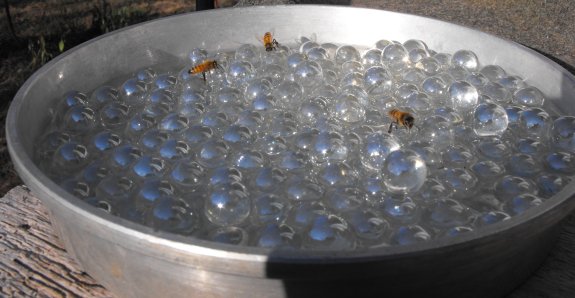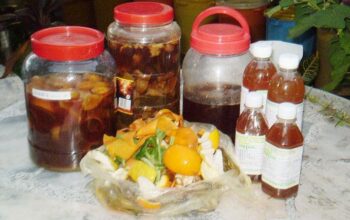Pollinators play a crucial role in our ecosystem, contributing to approximately 35% of global food crop yields. Among these vital pollinators, bees are especially important, which means supporting their health and hydration is essential for both environmental sustainability and agricultural productivity.
Why Bees Need Water
Water is far more than just a simple drink for bees—it’s a critical resource that serves multiple essential functions in their complex colony ecosystem. Bees require water for several key purposes:
- Hive Temperature Regulation: Bees use water to cool their hive during hot summer months, creating a process similar to human air conditioning
- Honey Dilution: Water helps bees transform concentrated honey into a more manageable consistency for feeding larvae and adult colony members
- Maintaining Hive Humidity: Precise moisture levels are crucial for successful brood development and overall hive health
Creating a DIY Bee Waterer: Materials and Preparation
Designing an effective bee waterer doesn’t require advanced skills or expensive materials. With a few simple items, you can create a safe and inviting water source for local pollinators.
Essential Materials:
- Shallow container or basin
- Rocks or marbles
- Clean water
- Coconut coir or sand (optional)
Step-by-Step Guide to Making a Bee Waterer
Follow these straightforward steps to create a bee-friendly hydration station:
- Select Your Container: Choose a shallow, wide container that allows bees to safely access water without risk of drowning
- Create Landing Zones: Arrange rocks or marbles to provide safe perches for bees to land and drink
- Fill with Water: Add water to just below the top of the landing surfaces
- Optional Enhancement: Add a layer of coconut coir or sand to provide additional texture and stability
Important Tips for Effective Bee Waterers
To ensure your bee waterer is both attractive and functional, consider these expert recommendations:
- Maintain shallow water levels (no more than 1/4 inch deep)
- Place waterer near flowering plants or gardens
- Clean and refresh water every few days
- Avoid locations with heavy foot traffic
Preventing Common Mistakes
When creating a bee waterer, be mindful of potential pitfalls:
- Avoid deep containers that could cause bee drowning
- Prevent stagnant water to discourage mosquito breeding
- Position the waterer in a safe, sheltered area
The Larger Impact of Bee Hydration
By creating a simple bee waterer, you’re not just helping individual pollinators—you’re contributing to broader ecosystem health. Healthy, hydrated bees are more effective pollinators, which directly supports local agriculture and biodiversity.
Final Thoughts
Supporting bee populations doesn’t require extensive expertise or significant investment. A thoughtfully designed bee waterer can make a meaningful difference in your local pollinator ecosystem. With minimal effort, you can provide a critical resource that helps these remarkable insects thrive.
Remember, every small action counts when it comes to supporting our planet’s essential pollinators.





